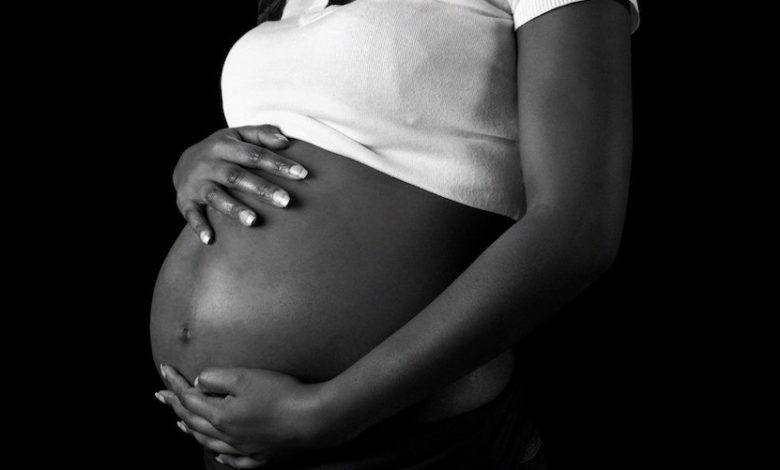Zim halves maternal mortality rates: UNICEF

Zimbabwe has more than halved maternal mortality rates in a decade, from 960 per 100 000 live births in 2010 to 462 in 2019, the latest report by UNICEF Zimbabwe has noted.
A maternal mortality rate is considered a primary and important indicator of a country’s overall health status or quality of life.
The World Health Organisation (WHO) defines maternal death as the death of a woman while pregnant or within 42 days of termination of pregnancy, irrespective of the duration and the site of the pregnancy, from any cause related to or aggravated by the pregnancy or its management, but not from accidental or incidental causes.
Published in April 2022, the UNICEF Zimbabwe Annual Report 2021 outlines the situation for women and children in Zimbabwe for the year and the results that have been achieved by UNICEF in collaboration with its partners.
“A big achievement for Zimbabwe, with assistance from UNICEF, has been maternal mortality rates more than halving in under 10 years, that is from 960 per 100 000 live births in 2010 to 462 in 2019 (MICS 2019),” said the report.
“Under-five mortalities, meanwhile, also declined significantly in just five years, from 75 to 65 deaths per 1 000 live births between 2014 and 2019.”


However, UNICEF noted that the neonatal mortality rate has remained practically unchanged since 1988, at 31 deaths per 1 000 live births due to malnutrition, AIDS, pneumonia, malaria and diarrhoea.
“Health service coverage, particularly in remote and urban poor areas, remains low due to weak and underfunded health systems, insufficient human resources and weak governance. Nutritional deficiency is a leading cause of the health burden. Poor dietary intake is influenced by inadequate knowledge, cultural-and-gender norms, insufficient quality nutrition services, and food legislation not complying with international standards,” said the report.
“That said, stunting rates have decreased in the last 15years, from 31 percent in 2007 (as high as 39 per cent in some rural areas) but is now down to a national rate of 23.5 per cent.”
On HIV, the report stated that adult HIV prevalence is at 12.9 per cent, while adolescent and young people (15 to 24 years) account for one third of all new infections, and further, adolescent girls and young women are thrice as likely to contract HIV than males.
“Stigma and health workers’ negative attitude towards adolescents accessing HIV and sexual and reproductive health services persist. Adolescents have limited access to youth-friendly health services, nor can they meaningfully participate in decision-making,” UNICEF said.
The report stated that with a population of approximately 16.2 million inhabitants, where 54 per cent are under 20, Zimbabwe ranks 150th of 189 countries on the Human Development Index.
“61 per cent of children live in multidimensional poverty – worse in rural areas, high-density peri-urban informal settlements, and for those with disabilities. The economy has contracted by more than four per cent in the last two years due to Covid-19, Cyclone Idai, a protracted drought and macroeconomic instability. With an annual growth rate of 2.35 per cent, the population is expected to double within the next 48 years,” read the UNICEF report.






